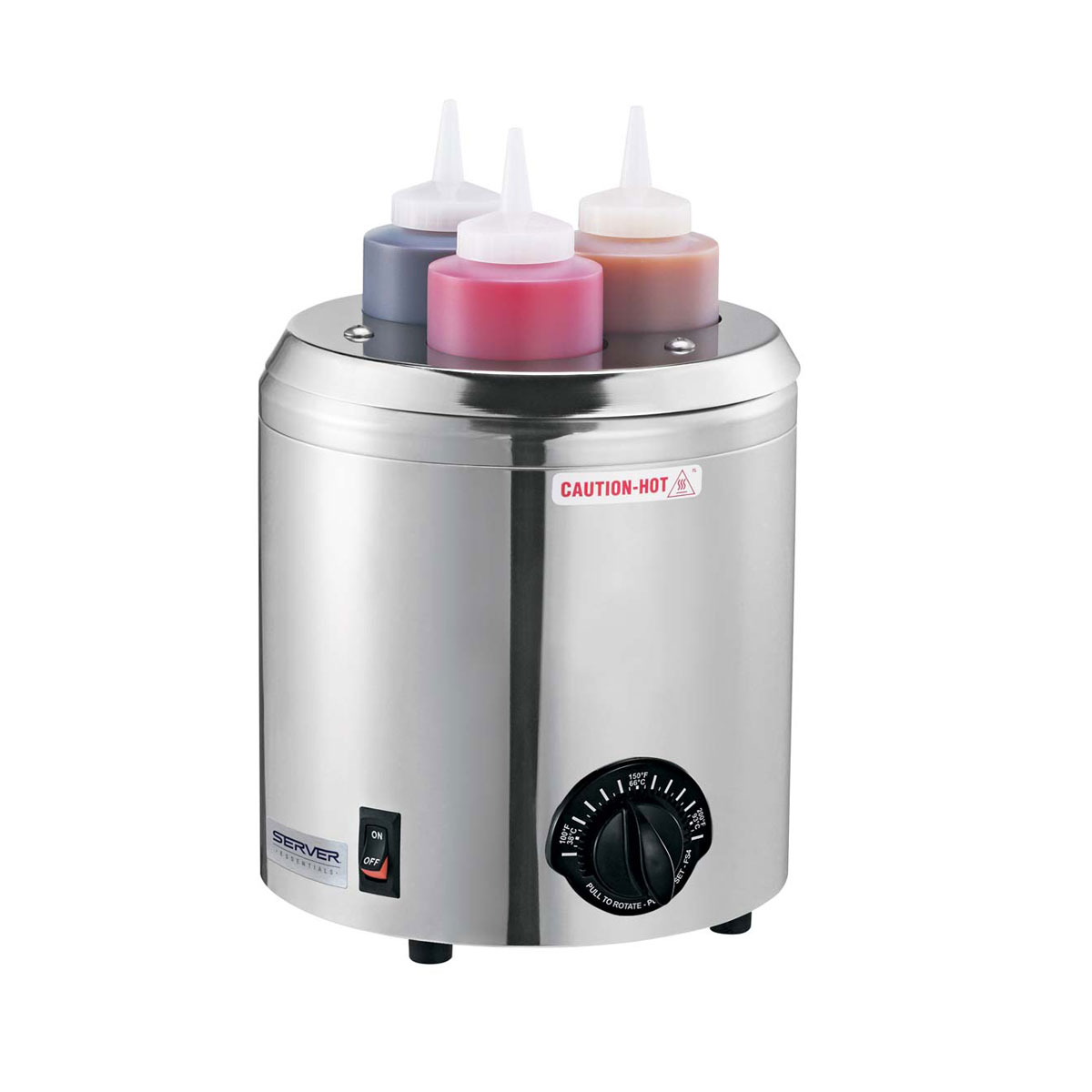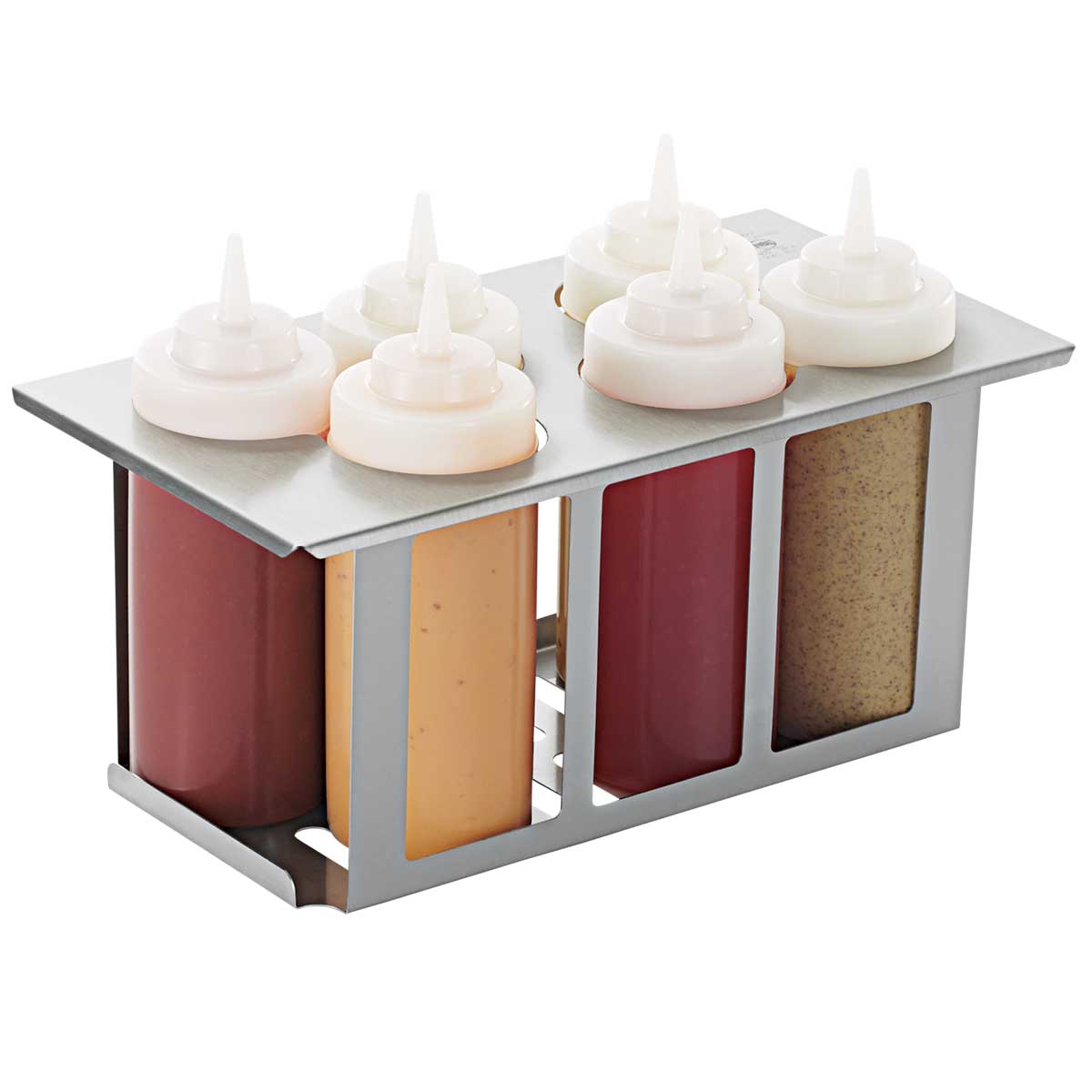
The flip-top cap of the previous generation of squeeze bottle wasn’t good enough to keep ketchup and mustard from leaking out of the inverted bottle, so the cap had to be redesigned.Įngineers often look to nature for design inspiration, and so it was with the new bottle cap. There are always tradeoffs, and it this case there’s more to the new design than simply inverting the bottle.
#Squeed bottle warmer free#
Ketchup eaters are finally free from the overwhelming burden of shaking the bottle before squeezing! Huzzah! Surely we live in the best of all possible worlds. This doesn’t prevent separation, of course, but it keeps the separated water away from the opening. Their solution has been to put the opening on the bottom of the container.

I don’t think Heinz or Plochman’s cares about this latter problem, but they have tried to address the separation issue. So the pressure in the bottle builds until it’s high enough to push the mustard up out of the spout. The air in the bottle warms and wants to expand, but it’s prevented from expanding by the slug of mustard blocking the spout. At this point, Jacques Charles and Robert Boyle go to work. When you turned it over and squeezed, mustard flowed through the spout, and some of it stayed there when you turned the bottle back over. The air in the bottle is cold because it just came out of the fridge. What causes this gravity-defying behavior? The ideal gas law. A minute or two later, you look up to see mustard flowing slowly up out of the spout and down the sides of the bottle like lava. You put the bottle back upright on the table and start eating. You shake the bottle to mix in the water, twist open the spout, turn the bottle over (maybe shaking it a little more to get the mustard down to the spout), and squeeze out a perfect line of mustard.
#Squeed bottle warmer full#
It’s almost unheard of in full bottles, but common in warm weather with a half-empty container. In my experience, this occurs more often with mustard than ketchup, but I’ve seen it happen with both. The second problem was the condiment volcano. Vigorous shaking is required before squeezing. This stuff is disgusting-nobody wants yellow water squeezed out onto their wiener. Ketchup and mustard that have been sitting for a while tend to get a watery layer that separates out and sits on top of the good stuff. These, in my opinion, were the apotheosis of condiment storage and delivery technology, but they were not without their problems. Condiment container engineers got to work and added the features needed to turn plastic squeeze bottles into something that could be shipped and sold in grocery stores. These squeeze bottles were great at dispensing, but they weren’t appropriate for consumer sales because their spouts were open to the air.

There was no pouring problem, but you did need a knife to get the mustard out and spread it.ĭiners and burger joints, who wanted their customers in and out fast and didn’t want to deal with the mess of mustardy knives, used squeeze bottles, which their staff refilled periodically. Mustard, being generally thicker than ketchup, was usually sold in glass jars instead of bottles. And jiggling the bottle usually worked better than hitting the bottom-it certainly lowered the chance of a big glob plopping out at once.īut even if you tried all the tricks, sometimes the ketchup just took forever to reach your burger. The most important one was not to turn the bottle completely upside down, because that clogged the neck and prevented makeup air from entering the bottle to relieve the partial vacuum behind the clog. There were tricks to getting ketchup to pour out more quickly. Later, Heinz used Carly Simon’s “Anticipation” as its jingle.

It wasn’t the bottle’s fault, said the ads, Heinz ketchup was just so darned thick and rich and good that it had to come out of the bottle slowly. Heinz had a longstanding ad campaign that tried to cast this bug as a feature. The bottles were glass, and if the bottle was full enough and the ketchup thick enough, it took a long time-and maybe a few good whacks on the bottom-for the ketchup to come out. When I was a kid, fighting with ketchup bottles was commonplace. We’re in the middle of prime cookout season, and I’ve been fighting with ketchup and mustard bottles. Next post Previous post Condiment container engineering


 0 kommentar(er)
0 kommentar(er)
